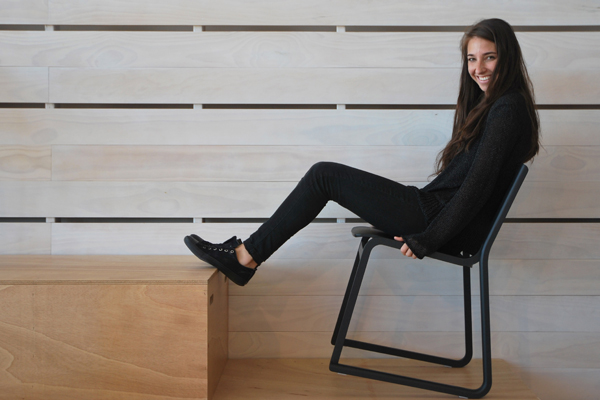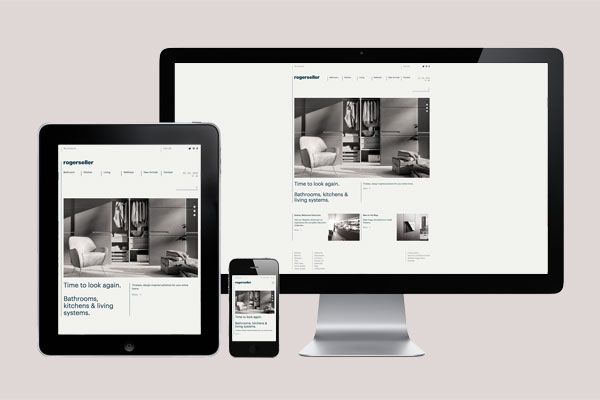Stephen Lacey speaks with environmental manager Billi Hayes, about the challenges ahead for creating a truly sustainable planet.

July 5th, 2013
Meeting Billi Hayes is like a breath of fresh air. Indeed, Hayes would like nothing more than the chance for us all to be breathing fresh air for a whole lot longer. But the 25-year-old environmental and quality manager at KE-ZU, a leading furniture supplier in Alexandria, Sydney, is not sure that will be possible unless we see some big changes in the way we consume.
“There is no such thing as a truly sustainable product, there can’t be,” says Hayes. “In fact the most sustainable thing you can do is not buy something in the first place, but that’s not going to happen, because it’s in our evolutionary genes to acquire.”
This being the case, Hayes believes the next best thing is for us to make smart choices when we go shopping. In other words, look for products that have the lowest environmental impact.
“If we’re going to buy something, we should at least make sure that a life cycle assessment has been carried out on it, where the use-phase, maintenance-phase and disposal-phase have been measured,” she says. “The problem is these assessment cost way too much at the moment and so they are out of the reach of smaller manufacturers.”
Hayes says determining ‘good-eco’ and ‘bad-eco’ is not as clear cut as you might imagine. She says it’s only through conducting a life-cycle assessment that such distinctions can accurately be made.
“Take the example of corn kernels, or polystyrene foam as a packaging option,” she says. “You’d assume corn would be more environmentally friendly, whereas a life cycle assessment showed that polystyrene is actually a better choice, because of food security issues.”
Hayes started out her career wanting to be a designer herself, and completed a bachelor of design at UNSW College of Fine Arts. Then she questioned the need to produce more and more ‘stuff’ so enrolled for the master of sustainability at Sydney University.
“I wanted to learn how to break a chair down into its component parts for recycling,” she says. “We put so much effort into manufacturing something, but no thought about taking it apart and disposing of it.”
INDESIGN is on instagram
Follow @indesignlive
A searchable and comprehensive guide for specifying leading products and their suppliers
Keep up to date with the latest and greatest from our industry BFF's!

How can design empower the individual in a workplace transforming from a place to an activity? Here, Design Director Joel Sampson reveals how prioritising human needs – including agency, privacy, pause and connection – and leveraging responsive spatial solutions like the Herman Miller Bay Work Pod is key to crafting engaging and radically inclusive hybrid environments.

Schneider Electric’s new range are making bulky outlets a thing of the past with the new UNICA X collection.

BLANCOCULINA-S II Sensor promotes water efficiency and reduces waste, representing a leap forward in faucet technology.
Sydney transport link wins top design accolade
Practical and stylish, Cheryn Tan discovers a bicycle gearing up to meet the challenges of urban cycling.

For the A&D community, there is constant pressure to be productive, creative, and get things done. They rely on their partners to do the job well and efficiently; they require suppliers they can trust. But what exactly makes a good supplier? What are the A&D community looking for and how can suppliers meet those demands?
The internet never sleeps! Here's the stuff you might have missed

Christopher Boots marries traditional and cutting-edge materials and techniques to create beautiful objects.

The very best of NSW architecture was celebrated in the Australian Institute of Architects’ 2025 NSW Architecture Awards in a gala celebration at Sydney’s ILUMINA.